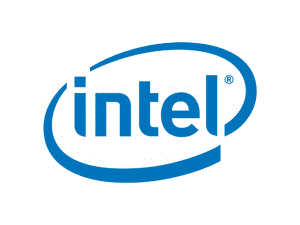Most enthusiast swing between buying a Sandy Bridge or Bloomfield processor for gaming, now that the pricing is almost similar. Buying a Bloomfield system opens the route to upgrade to a Gulftown 6-core processor when the prices comes down to reasonable rates while buying a Sandy Bridge setup will enable one to upgrade to the Ivy Bridge architecture later. However, there are pros and cons as in any case involving technology and money spent. The advantages and shortcomings of Intel’s mainstream platforms are well-known to anyone who follows technology. A total of sixteen PCIe 2.0 lanes originating from the CPU reduce latency (good) and total available bandwidth (bad) compared to Intel’s high-end X58 chipset which has up to 36 lanes. Which would be the best choice to spend your hard-earned cash on right now?
An unlocked multiplier on the K-series processors makes overclocking a piece of cake. On the other hand, though, the CPU also only supports two graphics cards for SLI configurations. That's actually a limitation imposed by Nvidia. Technically, P67 enables the processor's 16 lanes and trio of PCIe controllers.
Artificial roadblocks aside, those limitations allow Intel’s high-end X58 chipset to remain a top choice for extreme enthusiasts, given 36 PCIe 2.0 lanes supporting up to four graphics cards in x8 arrangements with four lanes to spare. Too bad unlocked multipliers for that platform are limited to very expensive Extreme Edition CPUs. But even still, overclocking via the base clock gives less expensive processors access to faster interface speeds. And of course, there's the benefit of a triple-channel memory controller, providing up to 50% more bandwidth than any of Intel’s mainstream solutions (even if the advantage is largely academic).
Whether triple-channel memory and twice the base clock can help a 4 GHz Core i7 CPU based on the Bloomfield design (an overclocked Core i7-920) overcome the architectural advancements of a 4 GHz Core i7 processor based on Sandy Bridge (an overclocked Core i7-2600K), and how much of a difference Nvidia’s lane-multiplying NF200 PCIe bridge makes when 16 or 32 lanes aren’t enough. Tom's Hardware seems really determined to find out. Read it all at Tom's Hardware.



